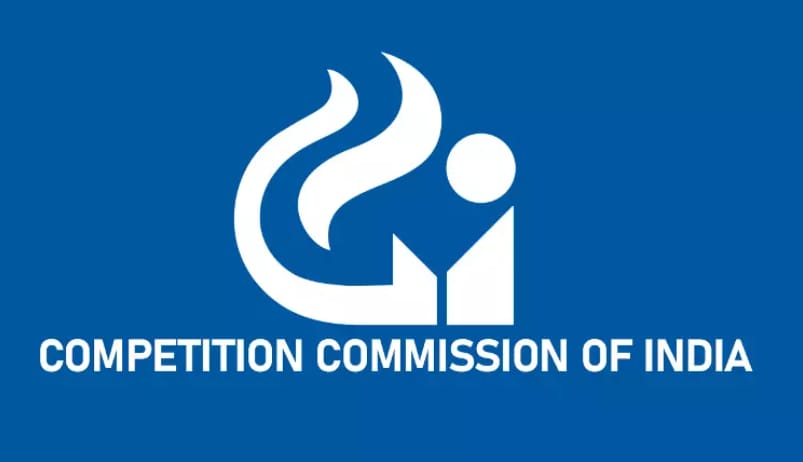The Competition Commission of India (CCI) has notified the Competition Commission of India (Determination of Cost of Production) Regulations, 2025, providing a detailed framework for assessing the cost of production in cases related to predatory pricing by dominant enterprises.
These new regulations, published in the Official Gazette on May 6, 2025, repeal the 2009 Cost Regulations and reflect evolving global practices in competition law.
As per the General Statement released alongside the regulations, “Section 4(2)(a)(ii) of the Act identifies predatory pricing by a dominant enterprise as an abusive practice.” Further, it defines ‘predatory price’ as the sale of goods or provision of services at a price below the cost, as determined by regulations, with a view to reduce competition or eliminate competitors.”
Accordingly, CCI now prescribes that ‘cost’ shall, generally be taken as average variable cost, as a proxy for marginal cost. However, “in specific cases, for reasons to be recorded in writing, the Commission may, depending on the nature of the industry, market and technology used, consider any other relevant cost concept such as average total cost, average avoidable cost, or long run average incremental cost.”
To update the framework for assessing predatory pricing, CCI came out with the draft rules in February, and after stakeholders’ consultations, the norms have been notified.
Read more: CCI tightens grip on e-com, q-comm; releases draft regulations on predatory pricing
To support accurate assessments, “the Commission or the Director General, as the case may be, may take the help of suitable experts.” A party may also dispute the cost determination and request appointment of experts, “at the cost of the party making the request.”
The revised framework also aims to bring clarity to key terms. The definition of ‘long run average incremental cost’ (LRAIC) “now specifies that LRAIC includes all variable and fixed costs, including sunk costs, that are directly or indirectly attributable to the production of a specific product or service.” In multi-product enterprises, it “includes a proportionate share of common costs.”
The Commission has clarified that the new framework is sector-agnostic.
“Rather than prescribing sector-specific metrics, the framework allows for case-by-case assessment, enabling the Commission to consider the unique features and evolving dynamics of digital markets when evaluating alleged predatory conduct.”
CCI decided to review the cost regulations 2009, wherein certain changes were proposed to keep the regulations in sync with the evolution of competition law jurisprudence.
Read more: Survival of fittest: E-commerce, q-commerce and the future of kiranas
“The review of these regulations is aimed to align them with modern economic theories, judicial interpretations, and international competition law practices,” it noted.
The 2025 norms aim to ensure a consistent, transparent, and expert-driven process for determining cost, a key element in identifying anti-competitive pricing conduct, especially in markets with complex pricing structures such as quick-commerce and e-commerce.
